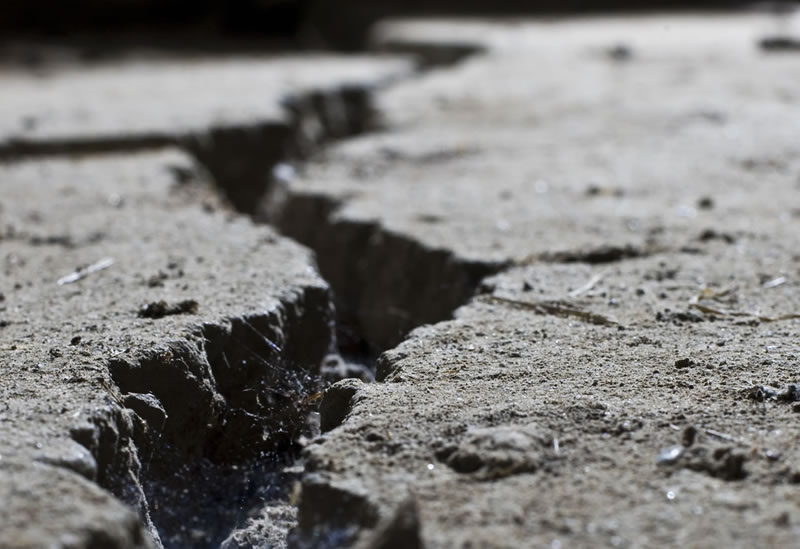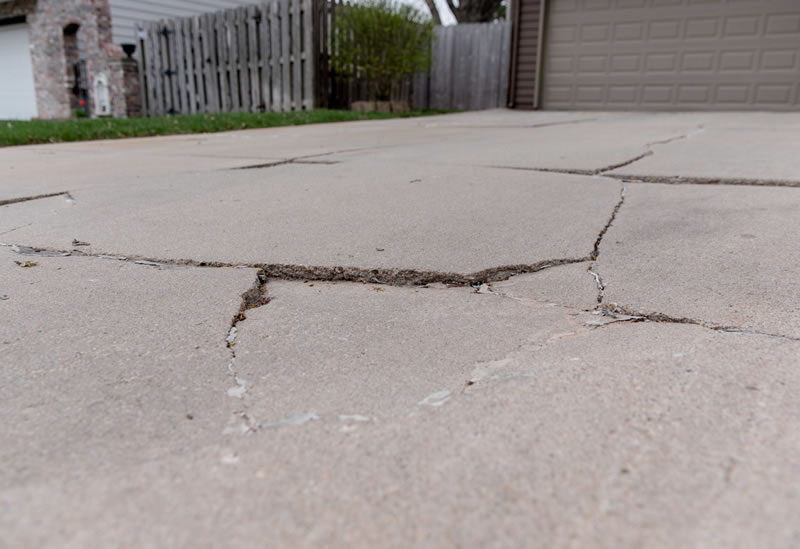How to repair and seal an asphalt driveway – your ultimate guide
Maintaining an asphalt driveway isn’t purely about aesthetic, it’s about protecting an investment. Driveways are subjected to heavy use, extreme conditions and the degrading factors of time. These factors often lead to the formation of cracks, potholes, and fading. Sealing and repairing your asphalt driveway can save money, time, and headaches in the long run.
‘How to keep your driveway in great shape’ is an eminently practical question and that is what we’re going to cover here – how to identify the damage, how to repair these areas, and how to seal it for long-lasting protection.
Why Asphalt Driveways Need Attention
Asphalt driveways rank among the most popular because of the durability and handsome appearance they offer. They are nonetheless vulnerable to wear and tear like every other material. A few common problems include:
- Cracks – Tiny hairline cracks may appear harmless, but could enlarge if water can seep inside and freeze into ice during colder months. This freeze-thaw cycle weakens the asphalt, making it much more susceptible to further damage.
- Potholes – These may result from water infiltrating cracks and undermining the layers. Eventually, the surface caves in, forming unsightly and potentially hazardous holes.
- Fading and Oxidation – Long-term exposure to sunlight results in the asphalt losing its rich black color and turning gray. It loses its flexible nature and becomes brittle.
Addressing these problems promptly through asphalt driveway repair not only restores the functionality of your driveway but also prevents costs down the road.
Step-by-Step Guide to Asphalt Driveway Repair
Repairing your asphalt driveway doesn’t have to be an intimidating task. Here’s how to tackle it
1. Inspect and Assess the Damage
Walk the length of your driveway to see what visible problems you can find. The most common will be cracks, potholes, and uneven surfaces. Take note in your phone regarding specific areas of concern. This will help you prioritize your repairs.
2. Clean the Driveway Thoroughly
Cleaning the surface before repair: Sweep off debris, remove loose asphalt, and pressure wash the stubborn dirt and grime. Pay particular attention to cracks and potholes, as any residual can block the attachment of the repair products.
If there is vegetation growth in the crack, use a weed killer or physically remove any to have a clean repair.
3. Fill Cracks
Fill the pothole with an EZ Street Cold Asphalt Patch. The recommended compacted depth is 25mm-50mm. If the area is deeper than 50mm, use the company in-layers that are no deeper than 50mm per layer.
4. Compact or level the surface
Where the repair is done, check the level of the surface. Use a hand roller to smoothen or apply an extra layer wherever the layer is not up to the grade.
The Role of Sealing in Maintenance
Among the most important ways to maintain your driveway’s look and durability is through asphalt sealing. Sealing places a protective layer on the surface that protects it from water, oils, and UV rays. Below are the benefits of regular sealing.
- Moisture Protection – Sealing prevents water from penetrating the surface, reducing the risk of cracks and potholes.
- UV Resistance: It keeps the asphalt black for a long time by reducing the destruction effect caused by sunlight.
- It enhances durability; a sealed driveway resists the wear and tear effects of vehicles, foot traffic, and extreme weather.
- Aesthetic Appeal: A newly sealed driveway looks sleek and polished, adding to your property’s kerb appeal.
Sealing an Asphalt Driveway
Sealing your driveway is a straightforward process, but it requires preparation and patience. Follow these steps for optimal results
1. Prepare the Surface
Ensure all repairs are complete and the driveway is clean. Use a leaf blower or broom to remove dust and debris. If you’ve recently repaired cracks or potholes, wait at least 48 hours before applying a sealant.
2. Choose the Right Sealant
Sealing agents come in different forms for different climates and conditions. Choose a high-quality asphalt sealer that is right for your region’s weather and the traffic your driveway sees, and then,
3. Apply the Sealant
Stir the sealant well for consistency. Pour a line of sealer along the width of the driveway, then use a squeegee or roller to spread it evenly. Work in small sections to avoid the sealer drying before it’s fully applied.
4. Apply a Second Coat
If your driveway is old or trafficked, consider going in with a second coat of sealer for added protection and durability. Just make sure the first coat is completely dry before applying the second.
5. Let It Cure
Let the sealant take the recommended amount of time to cure – usually within 24 to 48 hours. Keep off the driveway with your vehicle or foot.
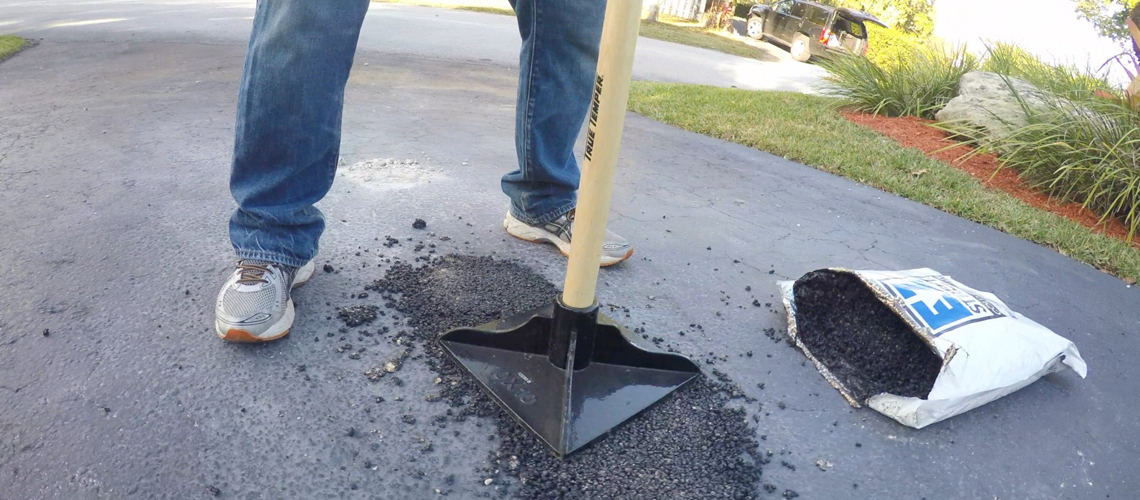
Pro Tips for Keeping Your Asphalt Driveway in Great Condition
The secret to a durable driveway is consistent maintenance. Here’s how you can do that:
1. Inspect Regularly
Check your driveway for signs of damage at least twice a year, especially after winter and summer. Early detection can save you from more extensive repairs.
2. Keep It Clean
Sweep away debris and clear any oil or fuel spills promptly. These substances can weaken asphalt over time.
3. Prune Back Overhanging Vegetation
Large roots of trees and bushes may cause cracks and unevenness. Trees and shrubs must be pruned back to minimise potential damage.
4. Avoid Heavy Loads
Try not to drive heavy vehicles or equipment on your driveway; this is most true in very hot weather, which can dent and soften the surface.
5. Seal Periodically
Depending on your driveway, resealing should be done every 1-3 years for continued protection and a new look.
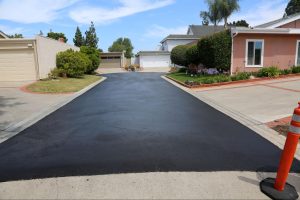
When to Seek Professional Help
While most asphalt driveway repairs and sealing jobs can be done by a DIYer, there are situations that would require professional know-how. If any of the following apply, consider hiring a professional:
- Your driveway has deep potholes or wide-scale cracking.
- You are not sure about which repair materials or techniques would work best.
- You don’t have the time or equipment to do the job.
Professional services more often than not come with advanced equipment and techniques that ensure a more durable and polished result.
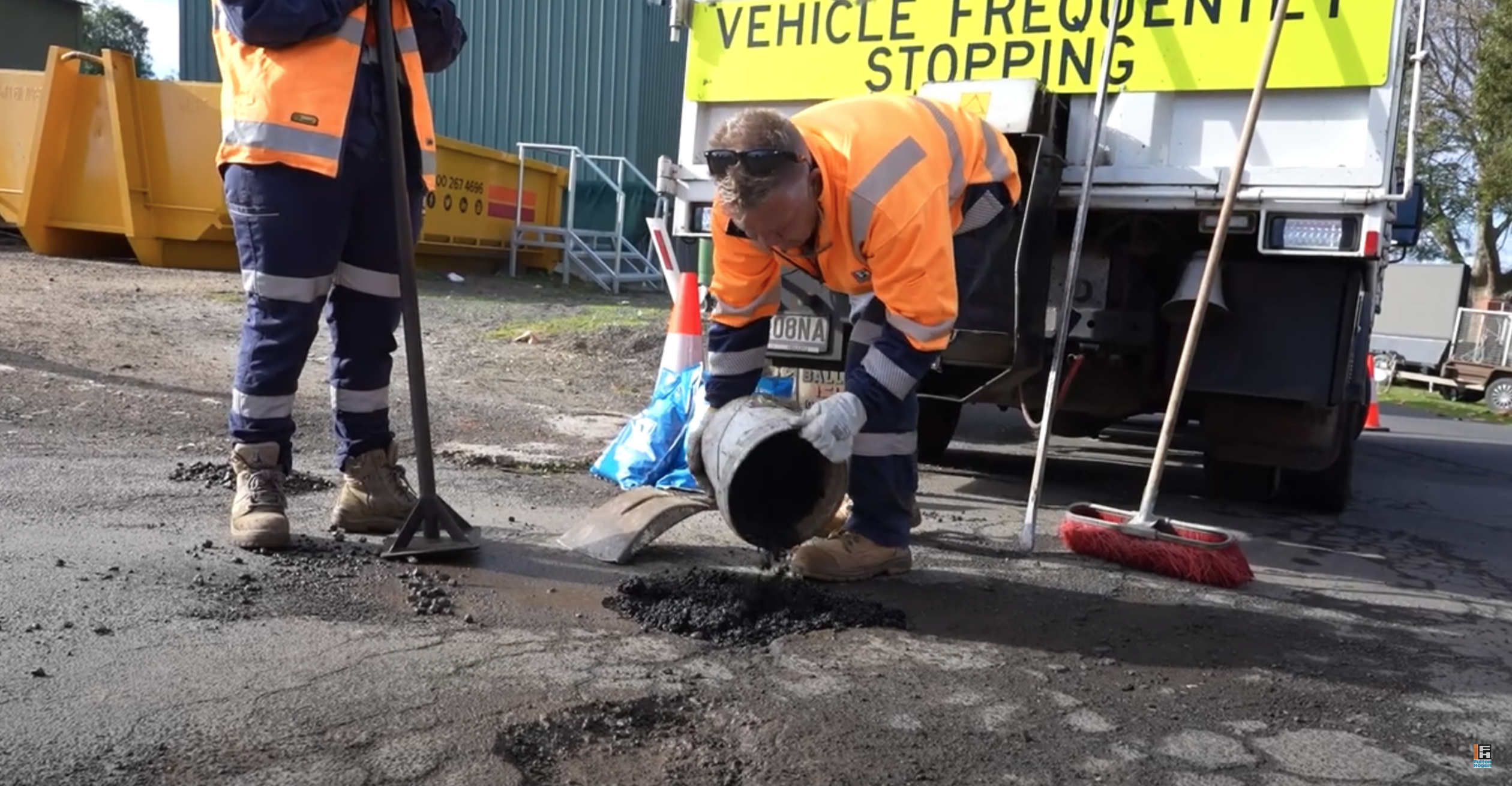
Conclusion
Caring for your asphalt driveway does not have to be such an overwhelming task. If you perform routine maintenance, timely repairs, and periodic sealing, you may find your driveway will maintain its appearance and function over many years.
By following the steps outlined above, you’ll not only protect your investment but also enhance your property’s overall appeal. Whether you’re tackling small repairs yourself or seeking professional help for larger projects, staying proactive is the key to a smooth, durable asphalt driveway.
How does EZ Street help you?
- Permanent pothole repair solutions
- Eco-friendly materials, manufactured using biodiesel
- Works in water
- Doesn’t require heating or primer
- Doesn’t bleed
- Sets to the surface quickly
- Has a 12-month shelf life (so you can store what you don’t use for next time, making the asphalt cost more sustainable)
- Comes in 15kg & 20kg bags, and 20kg buckets and bulk.
- Is available in black and red color asphalt options
If you have a driveway crack or a pothole that you need to fix, give EZ Street cold asphalt a try. You can contact us for more information, and to find out how EZ Street can make your life easy. EZ Street offers cutting-edge asphalt technology that delivers reliable performance across various climates and conditions.











